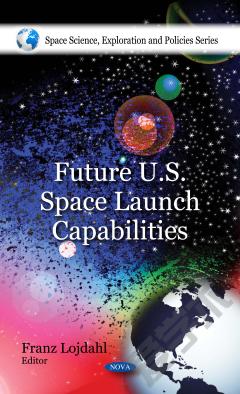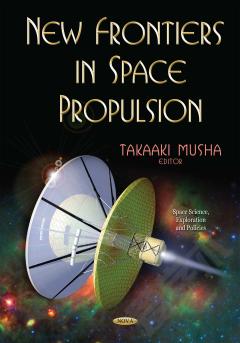Future U.S. Space Launch Capabilities
ISBN: 9781536113747 出版年:2010 页码:199 Franz Lojdahl Nova Science
This new book presents a wide spectrum of in-depth analysis detailing the U.S. space program including policy, the space stations, the shuttles and space exploration. The "space age" began on October 4th 1957, when the Soviet Union launched Sputnik, the world's first artificial satellite. Some U.S. policymakers, concerned about the USSR's ability to launch a satellite, thought Sputnik might be an indication that the U.S. was trailing behind the USSR in science and technology. The Cold War also led some to perceive the Sputnik launch as a possible precursor to nuclear attack. In response to the "Sputnik moment", the U.S. government undertook several policy actions, including the establishment of the National Aeronautics and Space Administration (NASA), the enhancement of research funding, and reformation of science, technology, engineering and mathematics (STEM) education policy. Also following the "Sputnik moment," a set of fundamental factors gave "importance, urgency, and inevitability to the advancement of space technology." These four factors, discussed in this book, include the compelling need to explore and discover, national defense, prestige and confidence in the U.S. scientific, technological, industrial and military systems and scientific observation and experimentation to add to our knowledge and understanding of the Earth, solar system, and universe.








 京公网安备 11010802027623号
京公网安备 11010802027623号